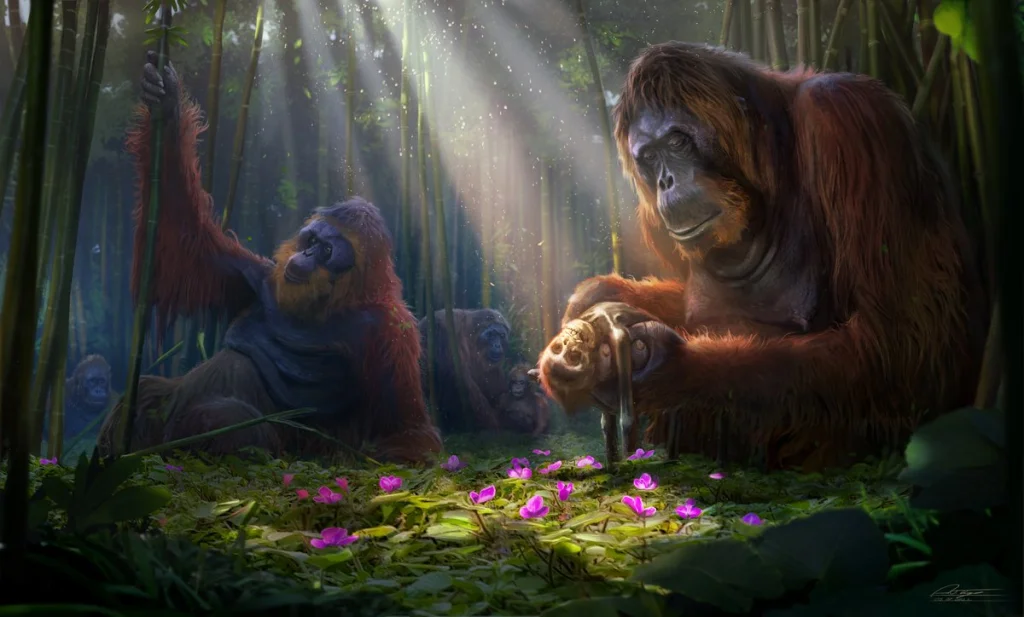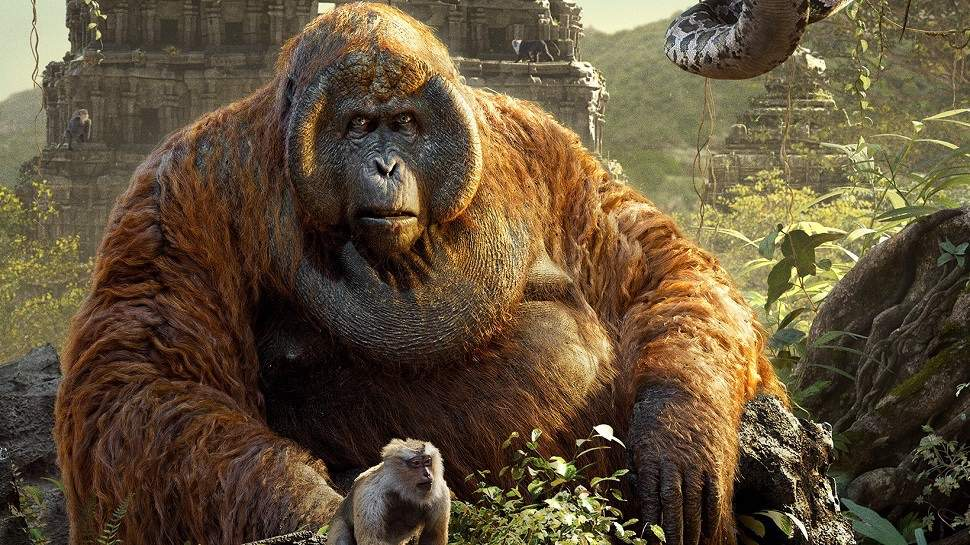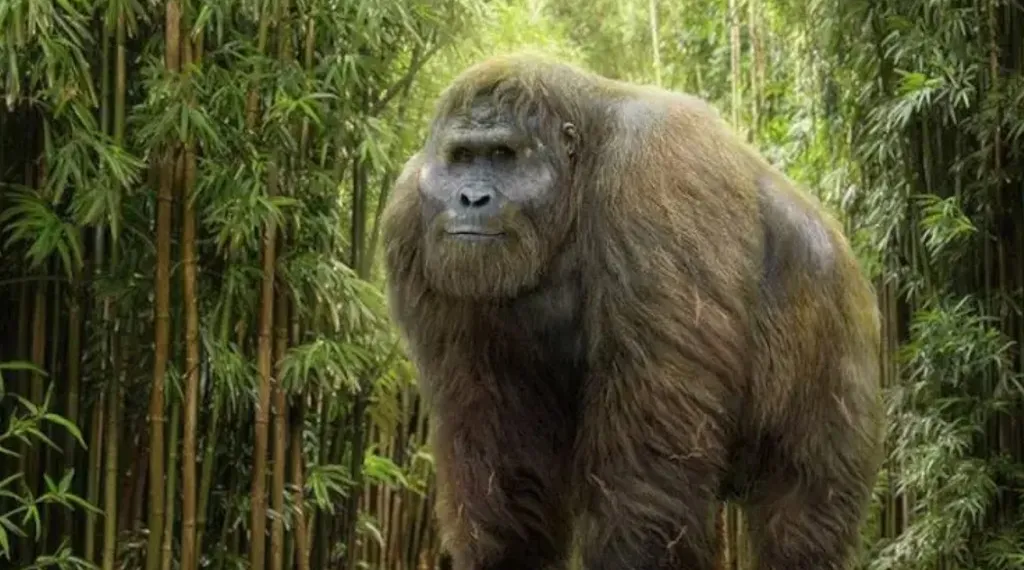Gigantopithecus is a genus of extinct large apes represented by a single species, Gigantopithecus blacki, who lived during the Pleistocene Epoch (2.6 million to 11,700 years ago). In the Hominidae family, Gigantopithecus is considered a sister genus to Pongo (the genus that contains living orangutans).
Gigantopithecus : Introduction
Gigantopithecus, a genus of large extinct apes, holds a significant place in the evolutionary history of hominids. The most well-known species, Gigantopithecus blacki, once roamed the forests of southern China during the Pleistocene Epoch. In this article, we explore the fascinating discoveries and insights gained from the study of Gigantopithecus, shedding light on its evolution, lifestyle, and eventual extinction.
ALSO READ : Eurasian Magpie : Unveiling The Avian Genius

Discovery and initial speculations
The first clues to the existence of Gigantopithecus were unearthed in Chinese drugstores between 1935 and 1939, where large molars and teeth were initially referred to as “dragon’s teeth.” German-Dutch paleontologist G.H.R. von Koenigswald identified these as remnants of an extinct ape, dispelling earlier speculations that these might be from “giant” human ancestors. Subsequent discoveries of complete mandibles confirmed the ape origin and prompted further investigation into the species.

Evolutionary context
Gigantopithecus is considered a sister genus of Pongo, the genus containing modern orangutans, within the subfamily Ponginae of the family Hominidae. A groundbreaking 2019 study, analyzing the DNA of a 1.9-million-year-old fossil tooth, revealed that Gigantopithecus and Pongo share a common ancestor. The divergence between the two genera is estimated to have occurred between 10 and 12 million years ago, showcasing the ancient roots of Gigantopithecus in the hominid family tree.

Fossil evidence and geographic distribution
The known fossil record of Gigantopithecus primarily consists of four partial jaws and nearly 2,000 teeth, dating between approximately 2 million and 300,000 years ago. Initially excavated from caves in southern China, recent discoveries in northern Vietnam and Thailand suggest a potentially broader geographic range. Some studies propose that G. blacki may have coexisted with Homo erectus, surviving until as late as 100,000 years ago. The variation in discovered fossils hints at a complex evolutionary history and adaptation to different environments.

Adaptations and lifestyle
G. blacki’s dental features provide valuable insights into its lifestyle. With powerful grinding and chewing teeth adapted for processing leaves and plants, it is believed that G. blacki thrived in forested habitats. Paleontologists estimate the creature stood at an impressive 3 meters (about 9.8 feet) tall, with a weight ranging from 200 to 300 kg (441–661 pounds). Such measurements establish G. blacki as the largest hominid known to date.

The enigma of extinction
The demise of Gigantopithecus is attributed to environmental changes, particularly the reduction and eventual elimination of the forests it depended on for sustenance. Cooler temperatures in the region are believed to have played a role in reshaping the landscape, contributing to the extinction of G. blacki.

The enigmatic relative : Indopithecus giganteus
Initially considered a second species within the genus, G. bilaspurensis (later renamed Indopithecus giganteus) inhabited grasslands in northern India and Pakistan around 6 to 5 million years ago. Although smaller than G. blacki, I. giganteus shares a familial connection, contributing to the understanding of the evolutionary lineage.

Conclusion
Gigantopithecus, with its colossal size and intricate evolutionary connections, offers a captivating glimpse into the prehistoric world of hominids. The ongoing discoveries and research surrounding this giant ape continue to deepen our understanding of our shared ancestry with other members of the Hominidae family, leaving us with an enduring fascination for these ancient creatures that once roamed the landscapes of Asia.
To explore more news : Click Here
ALSO READ : 9 Of The World’s Deadliest Snakes : A Closer Look At Nature’s Most Dangerous Predators




































